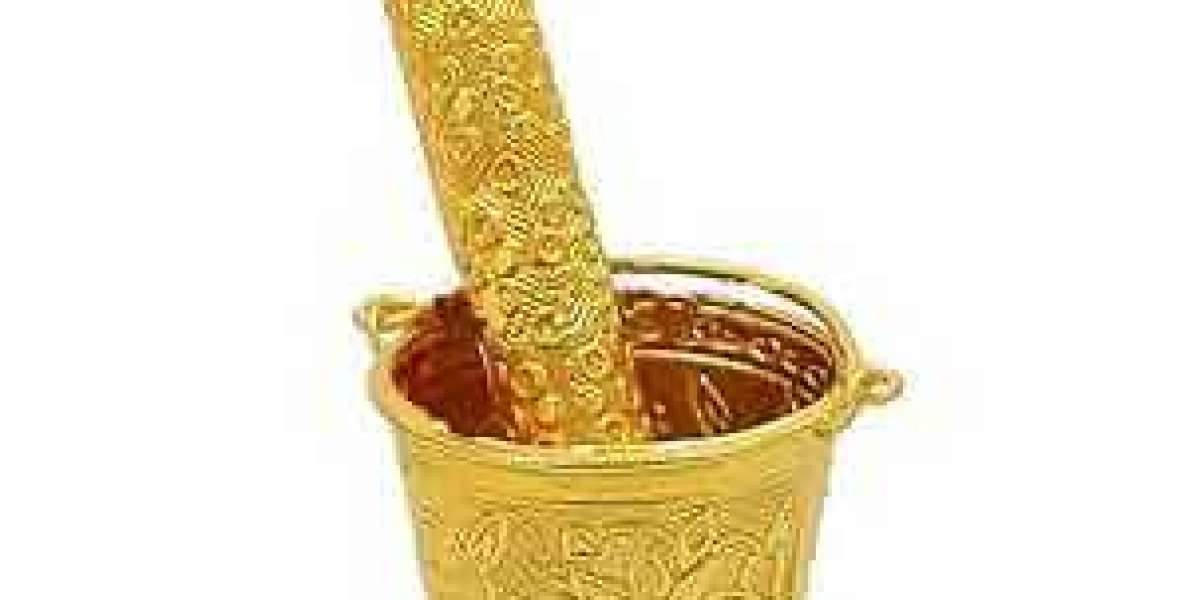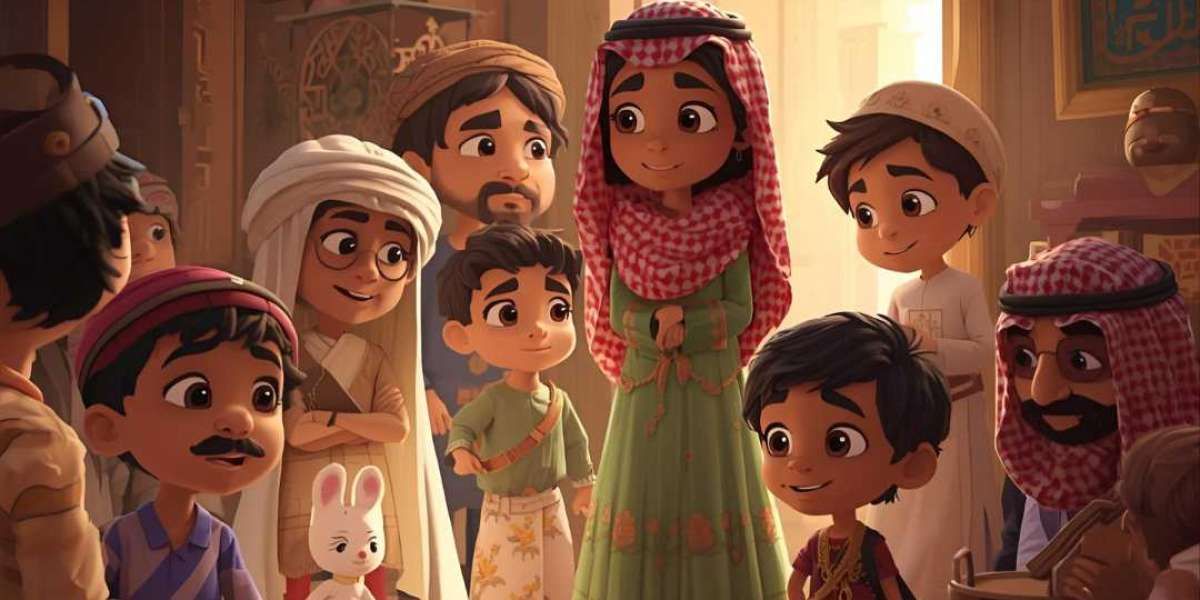Holi, the festival of colors, is incomplete without one essential item—the pichkari. For generations, this simple water gun has been a symbol of joy, laughter, and playful mischief during the celebrations. Over the years, the pichkari has evolved from a traditional tool into a trendy accessory that brings people together in unique and creative ways. Let’s explore how this beloved device has transformed over time.
The Origins of the Pichkari
The pichkari has been an integral part of Holi festivities for centuries. Traditionally, it was made from bamboo or metal and used to spray colored water on friends and family. The early designs were basic yet effective, often requiring manual pumping to squirt water. In those days, the pichkari was more than just a toy—it was a symbol of playful social interaction, breaking barriers between age groups and communities. People of all ages would gather in open spaces to celebrate, and the pichkari played a central role in spreading joy and color.
Transition to Modern Designs
As technology and materials evolved, so did the pichkari. Plastic replaced bamboo and metal, making the water guns lighter, more durable, and easier to use. Modern pichkaris come in various shapes and sizes, from handheld pistols to large water pumps capable of drenching entire groups at once. This shift allowed children and adults alike to enjoy Holi with greater ease and excitement. With vibrant colors and ergonomic designs, the pichkari became more than just a functional tool—it became a fun, stylish accessory for the festival.
The Trendy Side of Holi
In recent years, the pichkari has taken on a trendy persona. Brands now sell themed pichkaris, from cartoon-inspired designs for kids to sleek, neon-colored versions for party-goers. Social media has also contributed to the trend, with people sharing videos and pictures of creative Holi setups, often featuring elaborate pichkari battles. The festival has evolved from small community gatherings to large-scale events, and the pichkari continues to be at the heart of the celebration. Its ability to blend tradition with modern fun makes it a must-have for every Holi enthusiast.
Creative Uses Beyond Water Play
While traditionally used to spray colored water, the modern pichkari offers creative possibilities. People now fill them with flower petals, scented water, or even eco-friendly color powders to enhance the sensory experience of Holi. DIY enthusiasts have started customizing pichkaris with lights or glitter, turning them into artistic props for celebrations and social media content. This adaptability ensures that the pichkari remains relevant, appealing to both the young and the young at heart.
The Pichkari as a Cultural Icon
Beyond its practical use, the pichkari symbolizes the spirit of Holi—a festival that celebrates joy, unity, and the triumph of good over evil. It represents the blending of old traditions with new innovations, showing how cultural practices can evolve while preserving their core essence. Whether it’s a simple bamboo design or a high-tech water gun, the pichkari continues to bring people together, fostering laughter and creating lasting memories.
Conclusion
The journey of the pichkari from a traditional bamboo water sprayer to a trendy, innovative accessory reflects the changing face of Holi celebrations. Its evolution highlights the balance between preserving cultural heritage and embracing modern trends. As long as Holi is celebrated, the pichkari will remain a cherished part of the festivities—spreading color, fun, and happiness with every squirt.








